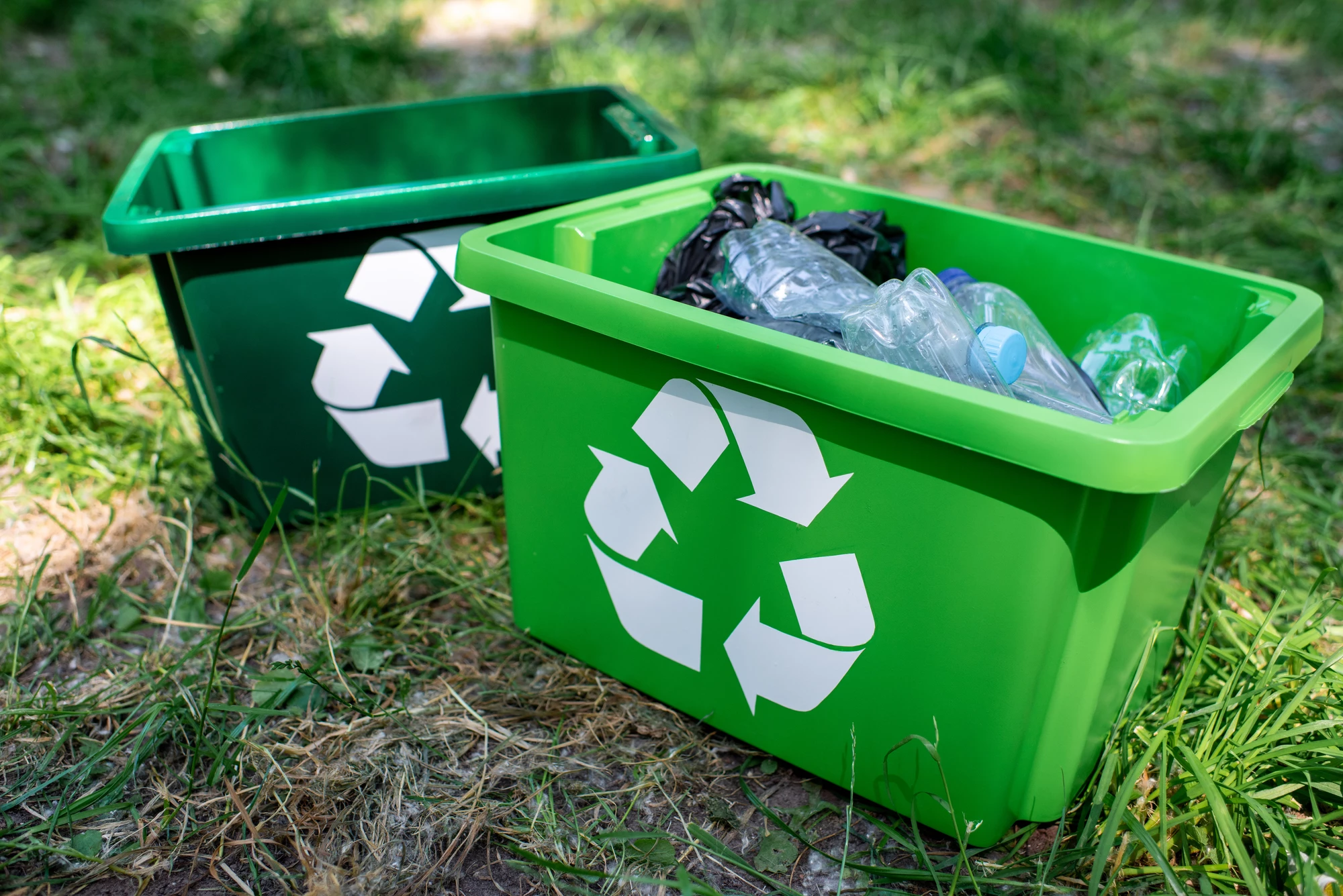Plastics are made to last, which is great while they’re being used but not so great after they’re discarded. Now chemists at the University of Konstanz have developed a new kind of plastic that has all the durability of regular plastic, but biodegrades within months or even days.
Plastic is one of the most pressing environmental concerns of our time. It shows up in a staggering amount of products, thanks to its versatility, strength and resistance to water and heat. But these pros become cons after the product’s useful life is over, as plastic waste can clog up landfill and oceans for thousands of years before it degrades away. Likewise, that strength also makes recycling tricky.
It’s no surprise then that plenty of research is focused on designing new types of plastic that biodegrade much more quickly after their job is done. And now, a team at the University of Konstanz has created a promising new candidate.
The new material is known as polyester-2,18, after the two modules it’s composed of – a short diol unit containing two carbon atoms, and a dicarboxylic acid of 18 carbon atoms. While it maintains the dense crystalline structure that gives common plastics like HDPE their durability, the team inserted chemical “breaking points” that allow the material to be unraveled to its base modules which can be reclaimed and reused. As a bonus, the team says the base modules can be obtained from renewable sources.
In lab tests using naturally occurring enzymes, the polyester broke down completely within a few days. Further tests at a standard industrial composting plant, using other microbes, took about two months, which is still impressively fast. These experiments show that not only can the material be broken down deliberately, but it also should pose much less of a problem if some of it does find its way into soil or the ocean.
“We too were amazed by this rapid degradation," said Stefan Mecking, corresponding author of the study. “Of course we cannot transfer the results of the composting plant one-to-one into any conceivable environmental condition. But they do confirm that this material is indeed biodegradable and indicate that it is much less persistent than plastics like HDPE, if it should unintentionally be released into the environment.”
The team plans to continue investigating the recyclability and biodegradability of the new polyester, as well as how it might be used in 3D printing and packing materials.
The research was published in the journal Angewandte Chemie.
Source: University of Konstanz via Phys.org




